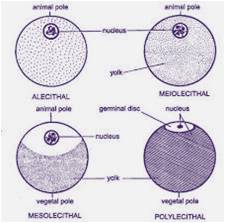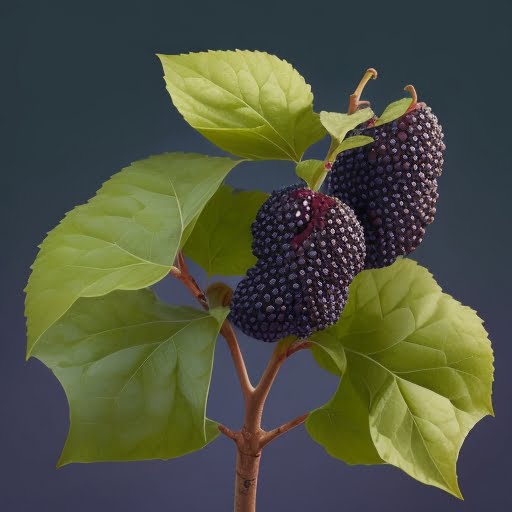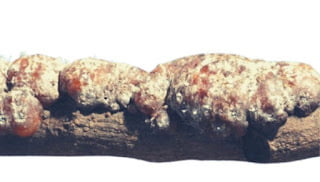Apiculture Introduction: Apiculture, also known as beekeeping, is the fascinating practice of caring for honey bees and managing their hives for the mutual benefit of both bees and humans. It’s a practice steeped in history, with roots reaching back thousands of years, and plays a crucial role in our food systems and environmental health. Honey bee are highly organized socially important insects reported throughout world and which are produce the Honey. The Honey is used as medicine in human beings.
Apiculture Introduction and History
Apiculture has evolved over the centuries, with innovations in hive design, bee management, and product processing. Today, apiculture is a major industry that contributes to agriculture, ecology, and economy. Apiculture also provides many benefits to humans, such as pollination of crops, production of honey and other valuable substances, and preservation of biodiversity.
In the animal kingdom honey bees belong to the Largest Phylum of Animal diversity:
Phylum-Arthropoda,
Class- Insecta,
Order-Hymenoptera,
Superfamily-Apoidea
Family-Apidae. ‘Apiculture Introduction and History’
Importance:
- Insecta class are dominant animals group on this earth. Usually insects are considered harmful to man but hardly 1 to 2% of insect species fall in the pest category.
- Benefits of insects in maintaining economy outweigh the injury inflicted. Honey bees are one of the few insects directly beneficial to man.
- Honey is highly valued food produced by honey bees and it is also used as medicine. In addition to honey, other products like bees wax, pollen, royal jelly and bee venom are also produced by honey bees. ‘Apiculture Introduction and History’
- More than the producers of these hive products; bees play an important role in pollination of plants while collecting their food from flowers in the form of nectar and pollen. ‘Apiculture Introduction’
- Pollination is involved in a chain of complex events significant to our economy. Pollination by insects including honey bees is important for ecological balance.
- Visitation by honey bees between distant varieties or cultivars promotes hybridization and help sparse populations to survive. Their mutual dependency has resulted into great degree of co-evolution. ‘Apiculture Introduction’
- The science of rearing honey bees or beekeeping is known as ‘apiculture’.
We can learn enjoyed a lot from these little wonderful creatures. Honey bees are admired for-
- Their industriousness
- Unity
- Self sacrifice
- Tolerance
- Division of labour
- Even the most feared bee stings help in healing muscular pains,
rheumatism, arthritis and reduction in cholesterol level.
Beekeeping can be practiced as-
- An ideal hobby
- Part-time business.
- Full-time business.
History of Apiculture
Globally, there are more than 20,000 species of wild bees, including many which are solitary or which rear their young in burrows and small colonies, like mason bees and bumblebees. Beekeeping, or apiculture, is concerned with the practical management of the social species of honey bees, which live in large colonies of up to 100,000 individuals. In Europe and America the species universally managed by beekeepers is the Western honey bee (Apis mellifera), which has several sub-species or regional varieties, such as the Italian bee (Apis mellifera ligustica ), European dark bee (Apis mellifera mellifera), and the Carniolan honey bee (Apis mellifera carnica). In the tropics, other species of social bee are managed for honey production, including Apis cerana. All of the Apis mellifera sub-species are capable of inter-breeding and hybridizing. Primitive man used to rob bee colonies found in the cavities of hollow trees or on rocks and in traditional mud houses. and this is still being followed by some tribes. There was no development in beekeeping until 16th century. Proper beekeeping started only when man started giving protection to colonies found in the nature. Idea to keep bees in log hives has been reported to come from the fallen trees which were nested by the cavity nesting bees. Development of modern beekeeping has its origin between 1500 and 1851 when many attempts were made to domesticate bees in different types of hives but were not successful because bees attached their combs together as well as to the walls of hive and combs required had to be cut for honey. The discovery of the principle of bee space in 1851 by L. L. Langstroth in USA resulted in first truly movable frame hive. This bee space was 9.5 mm for Apis mellifera. This discovery was followed by subsequent innovations like comb foundation mill, honey extractor, smoker, etc., which helped in the development of modern beekeeping we see today. ‘Apiculture Introduction and History’
Beekeeping in India
In India first attempt to keep bees in movable frame hives was made in 1882 in Bengal and then in 1883-84 in Punjab. ‘Apiculture Introduction’
In south India, Rev. Newton during 1911-1917 trained several beekeepers and devised a hive for indigenous bee Apis cerana based on principle of bee space (which was named after his name as “Newton hive”).
Beekeeping was also started in the Travancore state (now Cochin) in 1917 and in Mysore in 1925.
In Himachal Pradesh modern beekeeping with indigenous honey bee A. cerana started in 1934 at Kullu and in 1936 at Kangra. ‘Apiculture Introduction’
The exotic bee A. mellifera was successfully introduced for the first time in India in 1962 at Nagrota Bagwan (then in Punjab state and now in Himachal Pradesh), because this bee has potentials to produce more honey.
At present both the hive bee species are being used in modern beekeeping and lot of honey is also being collected from the wild bees viz. A. dorsata and A. florea.
India is producing approximately 70000 metric tons of honey annually from all the following four species of honey bees. “Apiculture Introduction and History”
- Indian bee: Apis cerana indica.
- Rock bee: Apis dorsata.
- European bee: Apis mellifera.
- Little bee: Apis florea.
 |
| Tree Honey |




